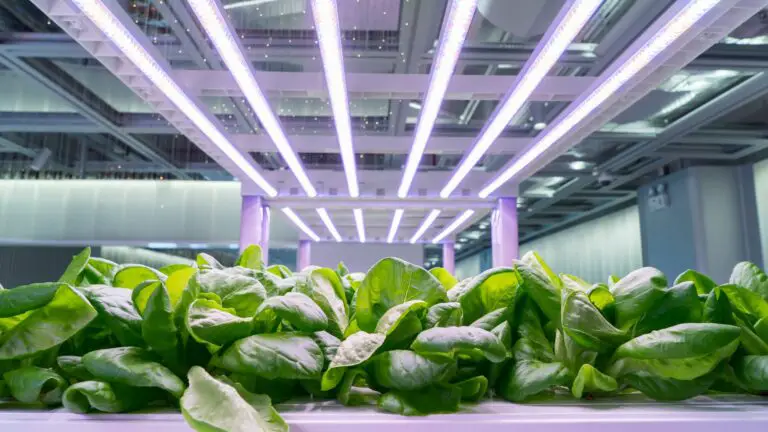Hydroponic Breakthrough at Vostok Antarctic Station
Introduction to Vostok’s Hydroponic Marvels
The Vostok Antarctic station, synonymous with extreme weather and isolation, is now at the forefront of a groundbreaking agricultural revolution. Scientists stationed here have recently concluded an experiment in vegetable cultivation that’s nothing short of a miracle. Utilizing advanced hydroponic technology, they’ve achieved record yields that could redefine our approach to agriculture in extreme environments.
The Wonders of “Panoponica” Technology
Enter “panoponica” – the game-changing technology behind these incredible yields. In specially designed greenhouses, the Vostok team has successfully harvested up to 100 kg of cucumbers, 149 kg of leafy cabbage, 29 kg of tomatoes, and 11 kg of sweet peppers per square meter. The key to unlocking higher productivity lies in strategically implementing phytotechnical complexes at multiple levels. This innovative approach revolutionizes output and propels efficiency to new heights. This technology isn’t just a step forward; it’s a giant leap in hydroponic farming.
What Exactly Is “Phyto technical Complex” and How Does It Work to Increase Productivity?
Simply put, it’s a combination of systems that work together to provide the ideal conditions for optimal growth and development.
Different components of the phytotechnical complex are employed in various combinations, depending on what type of crop is being grown and how much space is available.
For example,
- Artificial lighting can be used to extend the growing season or increase photosynthesis;
- Hydroponic irrigation systems keep plants properly watered;
- Nutrient solutions are designed to give plants all the necessary nutrients throughout their lifecycle;
- Computer-controlled climate regulation helps maintain optimal temperatures;
- Trellises and other supports allow vines to climb up rather than spread out at ground level.
Together, these different components create an environment perfectly optimized for maximum yield while providing improved cost efficiency and labor reduction.
This is the power of precision farming – creating an ideal growing environment through precise analysis and targeted implementation.
Farmers can stay ahead of the curve by leveraging the right technologies and get more out of their crop production.
Producers can produce higher quality yields with less effort, saving time, resources, and money with advanced precision farming methods.
Setting New Records in Vegetable Cultivation
Alexander Makarov is spearheading the launch of Vostok station’s state-of-the-art winter complex, slated for early 2024. This remarkable project will showcase an advanced greenhouse, further elevating the station’s capabilities. This development ensures that polar researchers will have consistent access to fresh vegetables and greens, a luxury in such harsh climates. The impact of this development on the well-being and morale of the researchers can’t be overstated. The station has already achieved a remarkable cucumber yield of 16.5 kg per square meter in 60 days. This is a true testament to the exceptional efficiency of its hydroponic system.
Beyond Ordinary Greenhouses: A Scientific Validation
The scientific community has taken notice of Vostok’s accomplishments. Studies confirm the high efficiency of this novel plant cultivation technology, eclipsing results from conventional greenhouses. Moreover, the remarkable achievement of cultivating leafy greens, yielding an impressive 60 to 90 kg of salad crops per square meter annually, exemplifies this technology’s versatility and immense potential in bolstering sustainable agriculture even in the harshest conditions.
Pushing the Limits: From Salad Greens to Watermelons
The most astonishing aspect of the Vostok experiment is the cultivation of watermelons – in the coldest place on Earth! This feat demonstrates the remarkable capabilities of the phytotechnical complex. The ongoing experiments, now focusing on forest berries like blackberries, blueberries, and strawberries, yield promising results. With the forthcoming introduction of the groundbreaking phyto-technical complex-3, the Vostok station is poised to revolutionize the cultivation methodology for an array of crops previously inconceivable in this challenging environment.
Reference: aari.ru
Conclusion: A Future of Sustainable Agriculture in Extreme Climates
The success at the Vostok Antarctic station isn’t just a victory for the scientists there; it’s a beacon of hope for sustainable agriculture in extreme climates. As we face the challenges of feeding a growing global population and dealing with the impacts of climate change, the lessons learned from Vostok’s hydroponic achievements could be invaluable. In a world where innovation is critical to survival, the Vostok experiment is a testament to human ingenuity and resilience.
Thank you for reading!


